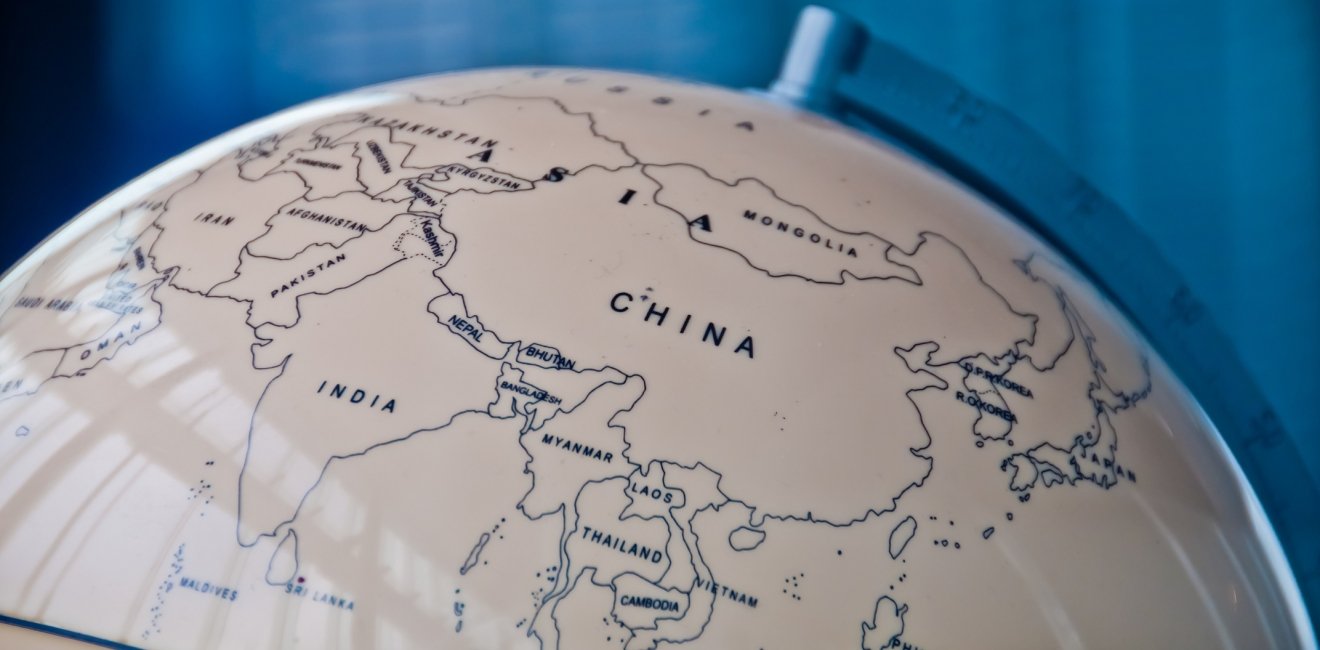
A blog of the Indo-Pacific Program
On July 13, China and countries of the Association of Southeast Asian Nations (ASEAN) reached agreement on new guidelines to accelerate negotiations for a binding code of conduct (COC) on the South China Sea. Though the guidelines reflect efforts by more active Southeast Asian states to inject new momentum into moribund talks, it also exposes the vast gap between China’s words and actions on the issue as well as the limitations ASEAN faces in managing it as a diplomatic grouping in a strategic space that has significant implications for the interests of regional and global actors including the United States.
The notion of a binding code of conduct (COC) on the South China Sea is far from new: talks date back to the 1990s amid strategic concerns about China’s efforts to assert its expansive claims and its regional implications for regional stability, and have continued with little progress since the adoption of a non-binding Declaration on the Conduct of Parties (DOC) in 2002. While the idea of rules of the road for countries as they manage their competing claims may be an appealing one for most Southeast Asian states, China has dragged its feet on an agreement that would limit its freedom of action and used its growing capabilities to enforce its expansive nine-dash line covering nearly all of the South China Sea by routinely harassing Southeast Asian countries through interceptions of exploration work and carrying out regular infringements and dangerous maneuvers. ASEAN, for its part, has at times looked divided, in part due to Beijing’s maneuvering and in part due to differential stakes among Southeast Asian states, with only four officially being claimants (Brunei, Malaysia, Philippines and Vietnam, with Indonesia not officially seeing itself as a claimant but still having issues with infringements of Chine’s nine-dash line) and others being either relatively more interested actors like Singapore, or less interested ones like Laos.
On July 13, we saw an effort to once again accelerate decades-old COC talks, with an agreement on guidelines reached during the ASEAN post-ministerial conference with China led by Indonesia as this year’s holder of the annually rotating ASEAN chair. The move was far from surprising, despite the lack of progress thus far on the issue. China knows it needs to at least continue to participate in the ASEAN process on this issue as it advances other components of its ties with the bloc, while more active ASEAN members like Indonesia are aware that though ASEAN’s ability to shape outcomes may be limited, the grouping needs some incremental advancement to preserve its much-prized centrality in the Indo-Pacific regional order. Indonesia had signaled in its capacity as ASEAN chair earlier this year that it would try to make some progress on COC talks, and it has also said ASEAN will hold its first drills related to the South China Sea in September, with the location since shifted to the South Natuna Sea.
But although the new guidelines are not without significance, they do not alter the reality that major challenges lie ahead to get to a meaningful code of conduct.
But although the new guidelines are not without significance, they do not alter the reality that major challenges lie ahead to get to a meaningful code of conduct. Previous rounds of talks have centered on sticking points that remain such as the geographic scope of a COC and whether or not it even ought to be binding – a longstanding issue that played into the eventual adoption of a non-binding DOC in the first place back in 2002. And if the standard for an agreement is what was signaled in the joint communique adopted by ASEAN foreign ministers, which is “an effective and substantive COC that is in accordance with international law, including the 1982 UNCLOS,” there are serious issues that need to be worked through regarding China’s violations of international law, similar to what we saw when the arbitral tribunal ruling was issued in the Philippines’ South China Sea case against Beijing in 2016.
All this does not necessarily discount the possibility of an eventual COC further down the line, especially if accommodations can be made on key areas of disagreement. Yet the bigger question looming with respect to the situation in the South China Sea is whether China’s growing control of the South China Sea and divisions within ASEAN could increasingly render a COC virtually meaningless, with Beijing’s actual gains far outpacing any potential concessions it could make. To avoid this outcome, advances in diplomatic talks cannot continue to significantly lag changes in the balance of power on the water.
Note: An earlier version of this post was published over at the ASEAN Wonk newsletter.
Follow Prashanth Parameswaran, Asia Program Global Fellow, on Twitter @ASEANWonk.
The views expressed are the author's alone, and do not represent the views of the U.S. Government or the Wilson Center. Copyright 2020, Asia Program. All rights reserved.
Author

CEO and Founder, ASEAN Wonk Global, and Senior Columnist, The Diplomat

Indo-Pacific Program
The Indo-Pacific Program promotes policy debate and intellectual discussions on US interests in the Asia-Pacific as well as political, economic, security, and social issues relating to the world’s most populous and economically dynamic region. Read more





